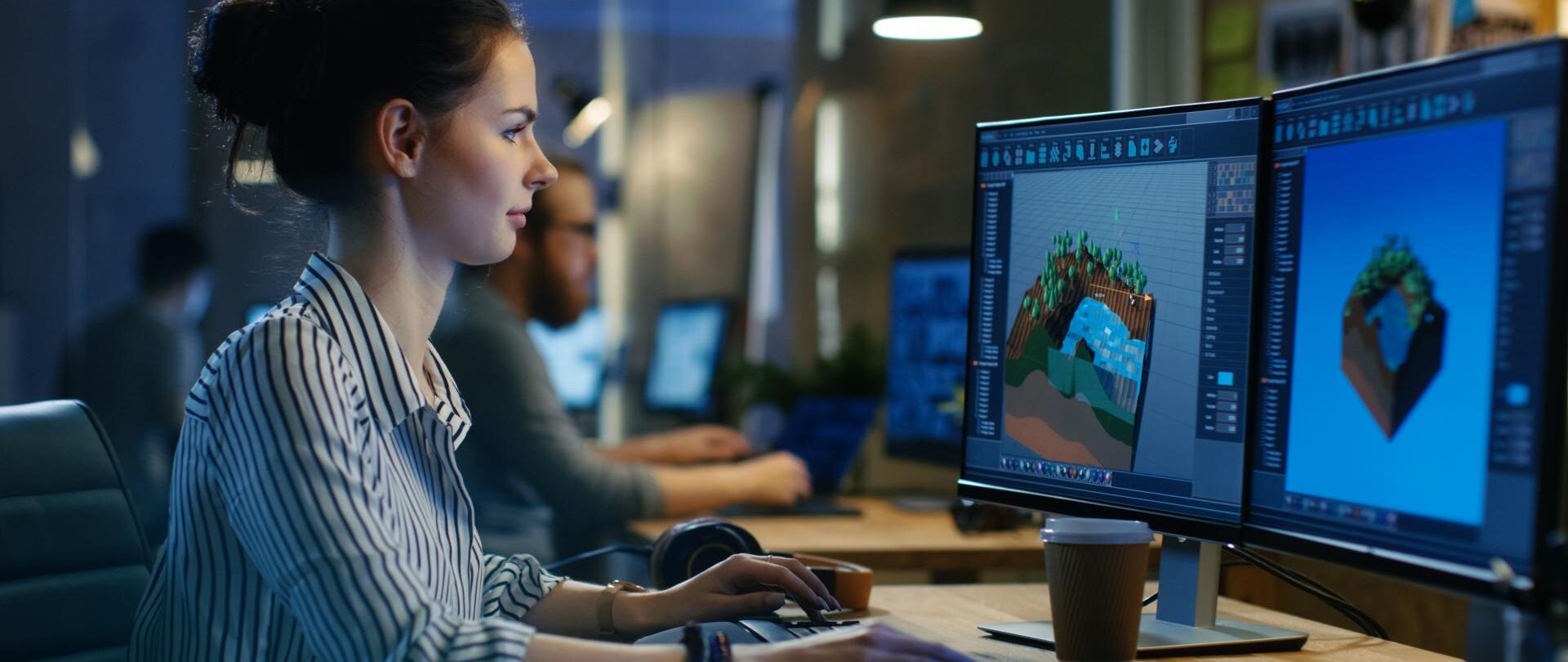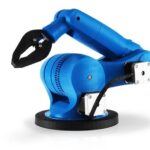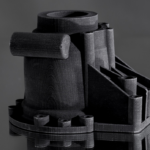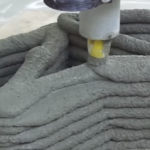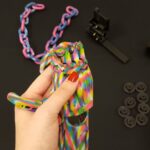

When I was a kid growing up in south Florida, artists abounded, but the idea–and acceptance factor–of the ‘art installation’ had yet to grow. Artists who were involved in alternative, experimental, and performance art were few and far between and considered to be pretty ‘out there.’ Artists simply weren’t able to take on complex technology or mass material production at that point by themselves, so focus was placed on the materials and processes the artists were in control of, still quite traditional up until the last decade or so.
Today, the art installation is much more self-propelled by the artist, often coupled with digital design and 3D printing, and is as common as any other artistic event– quickly growing as the trendiest way to show off work. Nothing says you are up and coming, unique, and a bit experimental like explaining that you are working on ‘an installation.’ From there, one imagines people coming to check things out rather quizzically, imbuing the work with their own perspective, as a meaning is not always readily given by modern and expansive artists who want viewers to do some of the mental work.
Currently, Beijing’s Silk Project spatial lab, founded in 2012, offers a way for student designers to figure out not only what their roles are in working with the new technology and materials but to dig right in and start experimenting, led by those who’ve had some experience in areas like robotics, materials science, and 3D printing. Those learning are pushed so that they in turn push back, not letting traditional barriers keep them from trying new combinations of technology and material.
The Silky Concrete structure from Silk Projects is not only an installation that demonstrates some of their best work, but is the result of a lengthy and intense research and design project from the Shanghai Digital Future in Tongji University, also included at the city’s DADA 2015 conference. In discussing expansive, contemporary installations, here is an ultimate example of a comprehensive installation.
“With a passion for using concrete cement, we find that the possibility of putting 3D printing technology into the construction process raises a serious discussion…” said instructor Lei Yu. “We believe that this is definitely the true responsibility of the new generation’s architectural designer.”

The artists–students led by Lei Yu, who has experience in robotics, 3D printing and working from the spatial dynamic–researched combining what are truly cutting edge technologies no matter which corner of the world you are designing in. The result was a fairly massive structure which involved an intricate number of panels, each unique.
“Just with some simple solutions, we taught the students how to achieve the construction quality at a relatively high level, regarding 165 panels that are all different from the others,” said Lei Yu.
The installation is approximately 5.4 x 4.3 x 2.5 m. Also referred to by the creators as a pavilion, the 3D printed work has three separate entrances with 1.8m clearance. Creation and assembly of the 3D printed piece was heavily reliant on the efforts of the industrial robot, the 1 KUKA Agilus. The instructors and students employed ten large 3D printers, and materials to include:
- 50 kg additives
- 200 kg plastics
- 200 kg cement
- 50 g water
With 20 days of preliminary preparations, the project then spanned nine days where the entire team worked together intensively to bring together their 3D printed pavilion which evolved from concept to digital design using Rhino. Using triangulation algorithms, they created the frame design and then created g-code for each panel as they prepared to 3D print the multi-paneled structure which resulted in the human scale installation. It features an intricate–almost delicate–organic structure which is deceptively solid due to the concrete material. The silk concrete idea is both a unique and fascinating material laid in a lattice-like network, being extruded in a bright white gloss.
Have you participated in 3D printing any large pieces of design work, or installations? Discuss in the Silky Concrete Project forum thread over at 3DPB.com. Check out the video below to see the build in action.
If you're looking for affordable 3D visualization services in the USA, our platform provides an ideal solution for all your architectural and real estate needs. Through our service, you can access high-quality 3D renderings at competitive prices without compromising on quality. Whether you need interior visualizations, exterior renderings, or architectural animations, our team ensures that you get professional results that fit within your budget. With our support, you can make your projects visually stunning while saving on costs, all with a quick and straightforward process.
Through our site, you can easily order affordable 3D visualizations for your projects, whether for a residential property, commercial development, or architectural design. We understand the importance of staying within budget, and that's why we offer tailored solutions to ensure you get the best value for your investment. Our experts work efficiently to provide you with realistic, photorealistic 3D images that will elevate your presentations and attract clients, making your property stand out in the market.

